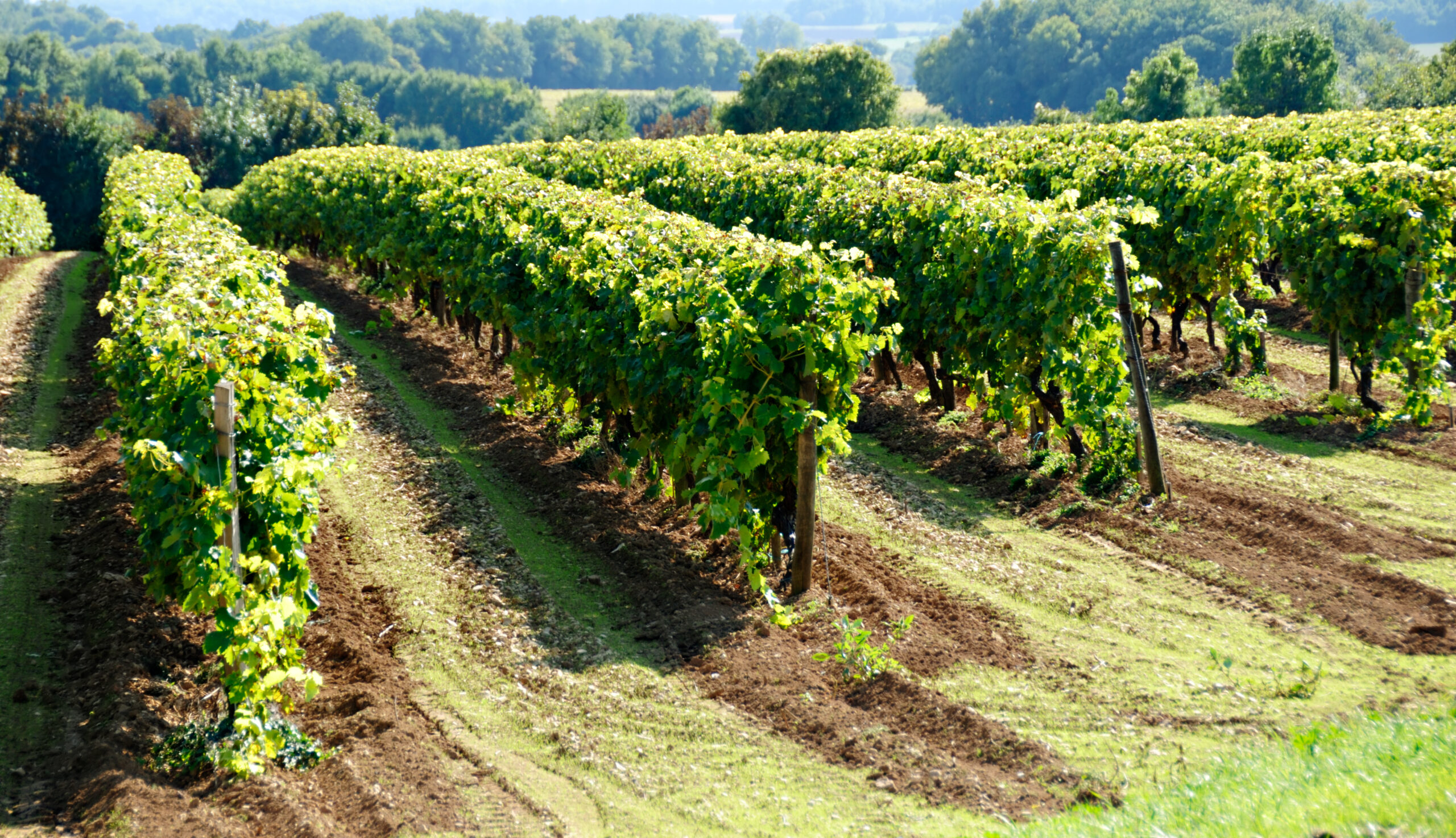Cognac Ageing Designations Through History
Cognac age classifications have changed throughout the centuries.
When Cognac was first produced in the Charente in the early 1600’s, it was unaged distilled grape wine from grapes grown in the region, therefore there was no need for cognac ageing designations. Distilled wine or brandy, produced in and around the town of Cognac was called “Cognac”. Within a hundred years or so, Cognac Houses began to experiment with aging their Cognacs in oak barrels. The unaged Cognac was called “Young” and the barrel aged Cognac called “Old”. It would be another century before the designation V.S.O.P. (Very Special Old Pale) cognac would appear when Hennessy produced a V.S.O.P cognac in 1818 at the request of The Prince of Wales and future King George IV of Great Britain.
In 1936, the Bureau National Interprofessionnel du Cognac (BNIC) outlined the requirements for distilled wine or brandy to be considered ‘Cognac’. The product must originate in the Cognac Appellation d’origine contrôlée (AOC) that was established that same year. The grapes used to make Cognac must come from one of the six designated growing areas or ‘crus’ located in the Cognac region. The six Cognac crus include: Borderies, Fins Bois (the largest appellation) Bons Bois and Bois Ordinaires, Bois à terroirs, Grande Champagne and Petite Champagne. In addition to the requirement that the grapes must come from one of the six approved appellations, Cognac must also must be made from grapes blended from 90% eau de vie from Ugni Blanc, Folle Blanche and Colombard grapes with up to 10% Folignan, Jurancon blanc, Blanc Rame, Montils or Semillon grapes.
If a producer located in the Cognac AOC follows all BNIC standards, including meeting production, distillation and aging requirements, their brandy can officially be called “Cognac”.
The Cognac Designations by Age
In 1983, BNIC established designations with respect to classifying Cognacs by age.
The designations of Cognac are determined by the youngest eau-de-vie blended in the Cognac, not the oldest. Distilled wine originating in the Cognac AOC may not be sold as Cognac unless it has been aged at least two years. Rémy Martin produces and sells a product called Rémy V that contains unaged eau-de-vie.
Cognac Designations:
V.S. (Very Special)- Cognacs are those whose youngest eau-de-vie is at least two years old.
A V.S. Cognac may have eau-de-vie that is older than two years old and perhaps older than four years. The designation, however, is determined by the youngest eau-de-vie blended in the Cognac, not the oldest. A Cognac whose youngest eau-de-vie is two year old is designated V.S. even if it blends much older eau-de-vie.
To see V.S. Cognac reviews, click here.
V.S.O.P. (Very Superior Old Pale)- Cognacs whose youngest eau-de-vie is at least four years old.
A V.S.O.P. Cognac may have eau-de-vie that is older than four years old and perhaps older than six years. This as noted above will not earn the cognac an X.O. designation.
To see V.S.O.P. Cognac reviews, click here.
X.O. (Extra Old) or Napoléon – Cognacs whose youngest eau-de-vie is at least six years old.
To see X.O. Cognac reviews, click here.
Some Cognacs may be without designation if the Cognac House determines that a designation might confuse or not give an accurate portrayal of the ages of the eau-de-vie in the Cognac. For example, the Cognac 1738 Royal Accord by Rémy Martin contains eau-de-vie from four to twenty years old. If a designation were to be applied to Royal Accord it would be V.S.O.P. because the youngest eau-de-vie is four years old. However, Rémy Martin chose to forego a designation for 1738 Accord Royal because such a designation would undersell the overall quality of the Cognac as it is also blended with some eaux-de-vie aged up to twenty years.
The Cognac Designations by Growing Cru
Cognacs are also designated by the growing crus. Generally, only the finest growing crus get called out on Cognac labels, namely Champagne and Borderies.
To be considered Fine Champagne Cognac, the cognac must be made in accordance with all BINC standards for Cognac, and also contain eau-de-vie from Cognac’s Champagne appellations with at least 50% eau de vie from Grande Champagne. Fine Champagne Cognac, thus is produced from a blend of Grande and Petite Champagne eau-de-vie.
To be considered Grande Champagne Cognac, all BINC standards must be met and 100% of the eau de vie must come from Grande Champagne.


